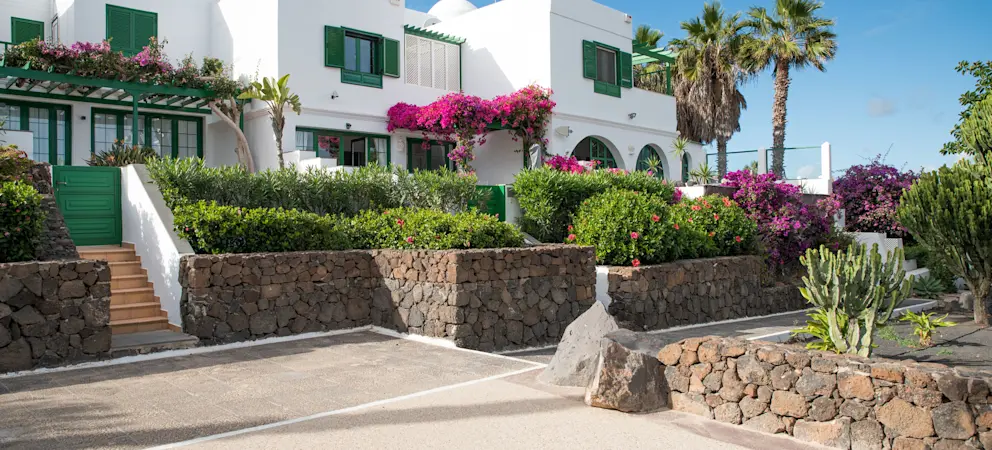
COVID-19 Impacts on Spain Real Estate
In almost all areas of the economy there will be a ‘before’ and ‘after’ COVID-19, and the Spanish real estate sector is no exception.
Spain’s strict confinement measures temporarily halted the vast majority of buyers and sellers in their tracks - in contrast to more flexible markets like Germany, which allowed property visits throughout and could rely on a better-digitalised sector.
However, as life is progressively returning to some kind of normality and the country comes out of lockdown, positive signs are beginning to appear.
We look at some of the changes that could occur within the real estate sector during the next 12 months or so.
Property Price Drops
Some forecasters are predicting that the current COVID-19 pandemic could have the same impact on the property market as the financial crisis beginning in 2008. Midway through 2014, at the market’s lowest point, properties in some areas saw prices drop by up to 40%. Today, however, both the property and the financial markets are generally healthier and the economy is expected to bounce back quicker than 12 years ago. The debt situation of owners is also better and interest rates continue to remain at historic lows.
As the economy was in semi shutdown and as the property sector is directly correlated to the state of the economy, prices will inevitably decrease, but it is not expected that they will fall as much as they did during the last property crisis. Real estate will continue to be an attractive and stable investment, especially in challenging times.
At the start of June, we can read articles such as “How will property prices fall in Madrid?” (Expansion.com) or “The first decrease in house prices in 4 years” (ElConfidencial.com). But most forecasters are predicting around a 6% drop in the cities and up to a 20% decrease in some coastal areas. The impact of the virus is bound to be a challenge in the short term but the sector should see positive growth again soon after.
Fewer Sales
There were fewer buyers and fewer sellers around during the lockdown, resulting in fewer transactions. However, as Spain eases out of the lockdown in June, things will start getting back to normal. Prime locations in the city should continue to attract buyers and opportunities will begin to surface for those prepared to look beyond the current crisis. Both buyers and sellers will need to have a good understanding of how things have changed and adapt their strategy to accommodate changes to the market. Old reference points will be almost defunct and the market will need to be reassessed using current information. Fewer buyers in the market combined with opportunistic investors will mean that sellers who need to sell will have to lower their asking price, whilst other sellers may wait to see how the market develops.
Virtual Viewings
The real estate market has been quick to adapt to these challenging times for the industry, with many agencies now offering virtual viewings, live streaming sessions and online chats. The industry has been in need of a technological revamp for many years now so this change has been one of the positives to come out of this situation.
Whilst buyers are unlikely to purchase a property without seeing it in person, a virtual viewing does enable them to draw up a shortlist of properties to see once the restrictions have been lifted. This will continue to be a useful tool for many buyers, even when there are fewer restrictions, saving both time and money for the buyer and the real estate agents themselves.
Younger investors
Another impact of COVID-19 on the Spanish real estate market, maybe not so obvious, is that investors are expected to be younger. Indeed, history has shown that during and right after a crisis, young people tend to buy. Solvent buyers (ie those who have a job and enough for a deposit) will be able to secure long term fixed mortgages with historically low interest rates. This is attractive to the younger generation who have the years ahead of them but not necessarily the financial means to pay back large sums of money on a monthly basis. These buyers will be able to invest in homes with good potential for future capital appreciation. Investors tend to favour new development properties, particularly when only a few units remain and developers are willing to sell at a discount.
Larger homes, rural locations
With the lockdown having forced people to spend a considerable amount of time in their homes, buyers have been thinking carefully about what they’re really looking for in a property in Spain. Demand for rural properties on portals has gone up – buyers get more space for their cash in rural locations with many homes offering the potential for a home office, a garden (maybe with a vegetable patch), fresher air and proximity to nature. With around 60 airports in Spain, foreign buyers may find that it is as easy to travel to a home in the country as to one the city, with fewer crowded roads and easier parking.
However, Spain is welcoming back foreign visitors this summer, hence promoting a swift return to normality. If you are considering buying a Spanish property, make sure to contact our property advisors.
Thinking of buying a property in Spain?
Get in touch with our local experts to make your home purchase a success.